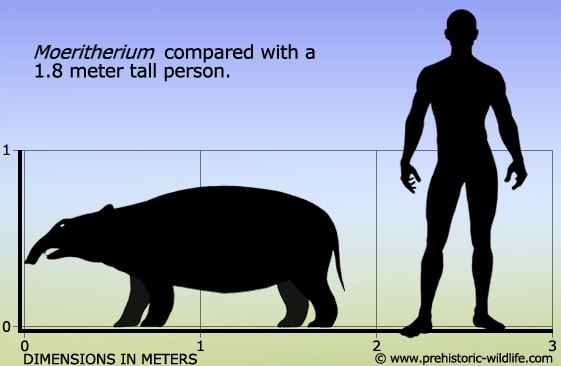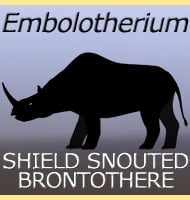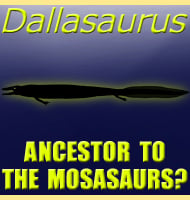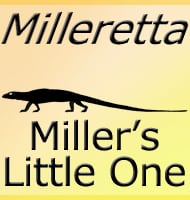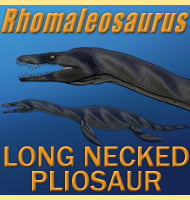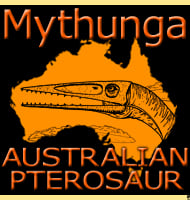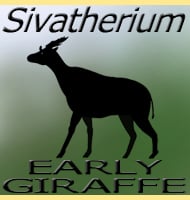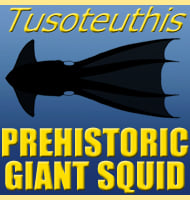In Depth
Although Moeritherium is popularly dubbed as a primitive elephant, it is not directly ancestral to today’s modern elephants. In fact in the past the elephants radiated out into a number of different families of varying forms, but like with other mammal groups most of these did survive into modern times. Hailing all the way back to the Eocene however, Moeritherium does give us a glimpse into the adaptability of early elephants in both form and ecological niche. This in turn allows for a more complete picture of the evolution of elephants to be established.
Moeritherium seems to have been some kind of tapir/hippopotamus cross in form and would have appeared quite different to how we know elephants today. Firstly there was no trunk, possibly because Moeritherium was already close to the ground. Moeritherium possibly had a muscular upper lip however, something that would give it the ability to grip hold of plants. Two large incisor teeth projected downwards from the upper jaw, but no way near to the extent of the tusks of later elephants. The other teeth it the mouth seem to be suited for cutting and slicing lush leafy vegetation like that which you find in wetlands. Additionally, analysis of the paleoecology associated with Moeritherium fossil sites corroborates the conclusion that Moeritherium inhabited wetland environments.
Although a primitive genus of elephants, Moeritherium seem to have lived more like hippopotamuses, wallowing around in river systems and surrounding areas of lush growth which were far more common in Africa back then. This is in stark contrast to the locations of Moeritherium fossils as many are known from such countries as Algeria, Libya and Egypt which today are much more arid than they used to be in the past.
Further Reading
– Preliminary note on some recently discovered extinct vertebrates from Egypt. (Part III). – Geological Magazine Decade 4(9):291-295 – C. W. Andrews – 1902. – Revision of Palaeomastodon and Moeritherium. Pal�omastodon intermedius, and Phiomia osborni, new species. – American Museum Novitates. Number 51, November 21. – H. Matsumoto – 1922. – A Contribution to the Knowledge of Moeritherium. – Bulletin of the American Museum of Natural History ; v. 48, article 4. p. 97-140. – H. Matsumoto – 1923. – A new species of Moeritherium (Proboscidae, Mammalia) from the Eocene of Algeria: new perspectives on the ancestral morphotype of the genus. – Palaeontology 49 (2), 421-434. – C. Delmer, M. MahboubiR. Tabuce & P. Tassy – 2006.
